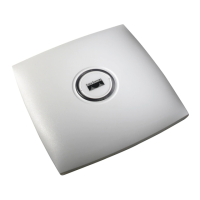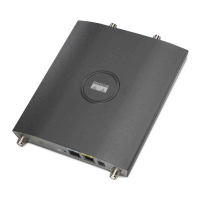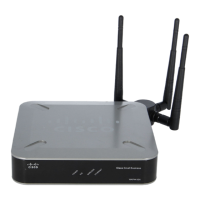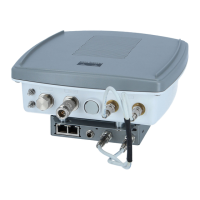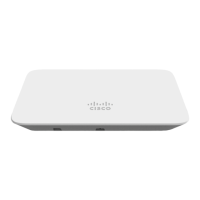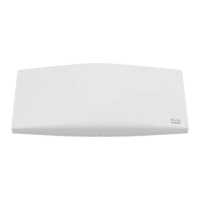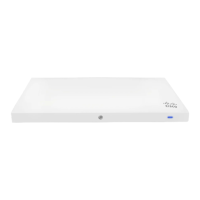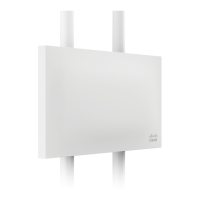Cisco Wireless LAN Controllers
The wireless mesh solution is supported on Cisco 2500, 5500, and 8500 Series Wireless LAN Controllers.
For more information about the Cisco 2500, 5500, and 8500 Series Wireless LAN Controllers, see
http://www.cisco.com/en/US/products/hw/wireless/index.html#,hide-id-trigger-g1-wireless_LAN.
Cisco Prime Infrastructure
The Cisco Prime Infrastructure provides a graphical platform for wireless mesh planning, configuration, and
management. Network managers can use the Prime Infrastructure to design, control, and monitor wireless
mesh networks from a central location.
With the Prime Infrastructure, network administrators have a solution for RF prediction, policy provisioning,
network optimization, troubleshooting, user tracking, security monitoring, and wireless LAN systems
management. Graphical interfaces make wireless LAN deployment and operations simple and cost-effective.
Detailed trending and analysis reports make the Prime Infrastructure vital to ongoing network operations.
The Prime Infrastructure runs on a server platform with an embedded database, which provides scalability
that allows hundreds of controllers and thousands of Cisco mesh access points to be managed. Controllers
can be located on the same LAN as the Prime Infrastructure, on separate routed subnets, or across a wide-area
connection.
Architecture
Control and Provisioning of Wireless Access Points
Control and provisioning of wireless access points (CAPWAP) is the provisioning and control protocol used
by the controller to manage access points (mesh and nonmesh) in the network. In release 5.2, CAPWAP
replaced lightweight access point protocol (LWAPP).
CAPWAP significantly reduces capital expenditures (CapEx) and operational expenses (OpEx), which
enables the Cisco wireless mesh networking solution to be a cost-effective and secure deployment option
in enterprise, campus, and metropolitan networks.
Note
CAPWAP Discovery on a Mesh Network
The process for CAPWAP discovery on a mesh network is as follows:
1
A mesh access point establishes a link before starting CAPWAP discovery, whereas a nonmesh access
point starts CAPWAP discovery using a static IP for the mesh access point, if any.
2
The mesh access point initiates CAPWAP discovery using a static IP for the mesh access point on the
Layer 3 network or searches the network for its assigned primary, secondary, or tertiary controller. A
maximum of 10 attempts are made to connect.
Cisco Mesh Access Points, Design and Deployment Guide, Release 7.3
40 OL-27593-01
Mesh Network Components
Cisco Wireless LAN Controllers
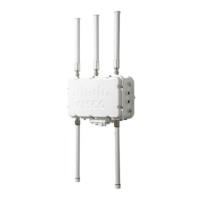
